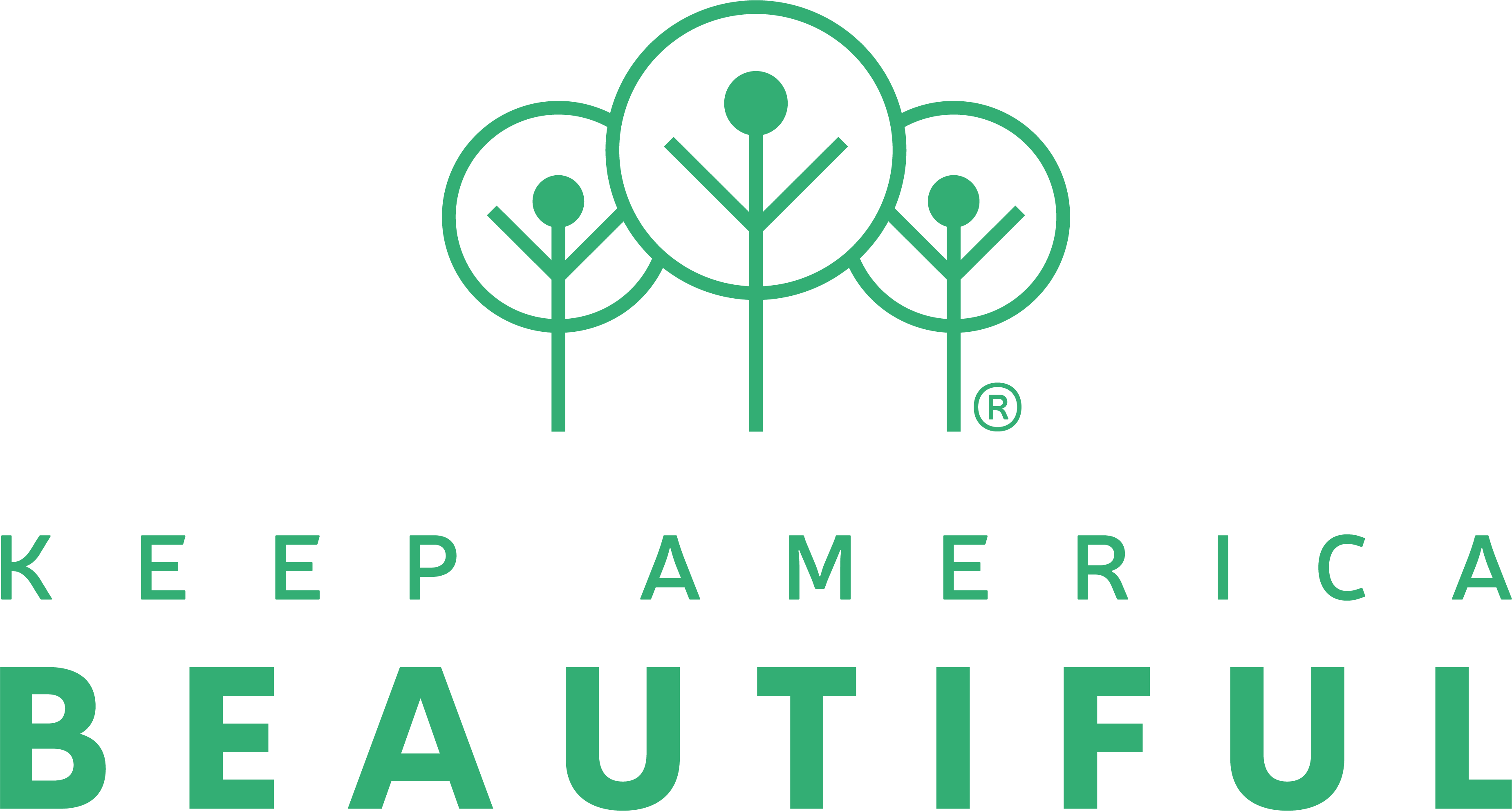National Recycling Organizations Provide “Top 10 in the Bin” List
As America Recycles Day Approaches, List Created to Help Answer Question: “What Can I Recycle?”
WASHINGTON, D.C., November 6, 2014 /3BL Media/ – With the national recycling rate slightly above 34 percent, Americans have the opportunity to capture more material for recycling by recycling correctly. Among the common barriers to recycling more, however, is confusion about what can be recycled.
To help answer the question – “What can I recycle?” – three national organizations that focus on recycling – Keep America Beautiful (KAB), the National Waste & Recycling Association (NW&RA) and the Solid Waste Association of North America (SWANA) – as well as the United States Environmental Protection Agency (EPA), have joined together on an initiative to help make recycling requirements clearer and easier to follow. The initial effort in this program is the “Top 10 in the Bin” list of the most widely and easily recycled items in America.
These organizations worked with their constituents and recycling experts from industry, government and the nonprofit world to arrive at the “Top 10 in the Bin” list, which will be used by their members and affiliates as a platform for education and communication about recycling right in their respective communities.
A 2014 NW&RA national survey found that a third of Americans are not clear on what materials go in recycling bins and carts. NW&RA President and CEO Sharon H. Kneiss stated, “Recycling and recycling technology have come a very long way in the past decade. However, it is still important to avoid contaminating the stream with items that don’t belong there. There is demand for high-quality recyclable material that can be turned into new products, but the key is ensuring that there are consistent, clean recyclables. Americans should ‘know before they throw’ when recycling—it’s important to put the right materials in the bin.”
“This initiative is about making the recycling of basic items easy to understand and to help make it second nature to recycle,” said Jennifer Jehn, president and CEO, Keep America Beautiful. “As a result, more material will get recycled and will be used to become new products.”
A series of “Top 10 in the Bin” infographic resources are being made available in advance of KAB’s America Recycles Day, which takes place annually on and around Nov. 15 throughout the country. The “Top 10 in the Bin” infographic is available to be downloaded as a flyer or poster. Web banners are also available in different sizes (728x90, 300x250, 160x600, 468x60 and 180x150). The “Top 10 in the Bin” files are available at americarecyclesday.org/toolkit.
The group plans to partner on additional recycling communications efforts going forward.
“A picture is worth a thousand words,” said John Skinner, executive director and CEO of SWANA. “We hope this flyer and our future efforts speak volumes about what to recycle.”
“In addition to conserving valuable natural resources, saving energy and reducing greenhouse gas emissions, recycling efforts protect our environment for future generations,” said Mathy Stanislaus, assistant administrator for EPA’s Office of Solid Waste and Emergency Response. “By increasing recycling, and reducing contamination in the recycling stream, we can provide the valuable resources essential to a growing manufacturing sector.”
This year’s America Recycles Day theme, “I Want To Be Recycled,” helps to educate people about the importance of recycling to our economy and environmental well-being, but also that recycled materials can become new products. This program helps motivate occasional recyclers to become everyday recyclers.
About Keep America Beautiful
Keep America Beautiful is the nation’s leading nonprofit that brings people together to build and sustain vibrant communities. With a powerful national network of community-based affiliates, we work with millions of volunteers who take action in their communities to transform public spaces into beautiful places. Through our programs and public-private partnerships, we engage individuals to take greater responsibility for improving their community’s environment. For more information, visit kab.org, follow us on Twitter, like us on Facebook, or view us on YouTube.
About NW&RA
The National Waste & Recycling Association is the trade association that represents the private sector waste and recycling services industry. Association members conduct business in all 50 states and include companies that collect and manage garbage, recycling and medical waste, equipment manufacturers and distributors and a variety of other service providers. For more information about NW&RA, visit www.wasterecycling.org.
About SWANA
The Solid Waste Association of North America (SWANA) is the leading solid waste association serving more than 8,300 members from both the public and private sectors, with the mission of promoting environmentally and economically sound management of municipal solid waste in North America. For more than 50 years, SWANA has served industry professionals with technical conferences, certifications, publications, and a large offering of technical training courses. For more information, visit www.SWANA.org.
About US EPA
Born in the wake of elevated concern about environmental pollution, EPA was established on Dec. 2, 1970 to consolidate in one agency a variety of federal research, monitoring, standard-setting and enforcement activities to ensure environmental protection. Since its inception, EPA has been working for a cleaner, healthier environment for the American people.
CONTACTS
| Keep America Beautiful Brenda Pulley Sr. VP/Recycling 202.688.0603 bpulley@kab.org kab.org |
National Waste & Recycling Association Thomas Metzger Communications Director 202.364.3751 tmetzger@wasterecycling.org wasterecycling.org |
| Solid Waste Association of North America Wendy Melis Director, Membership and Marketing 240.494.2256 mwmelis@swana.org swana.org |
US Environmental Protection Agency Rachel Deitz (news media only) Press Officer 202.564.1807 deitz.rachel@epa.gov epa.gov |

